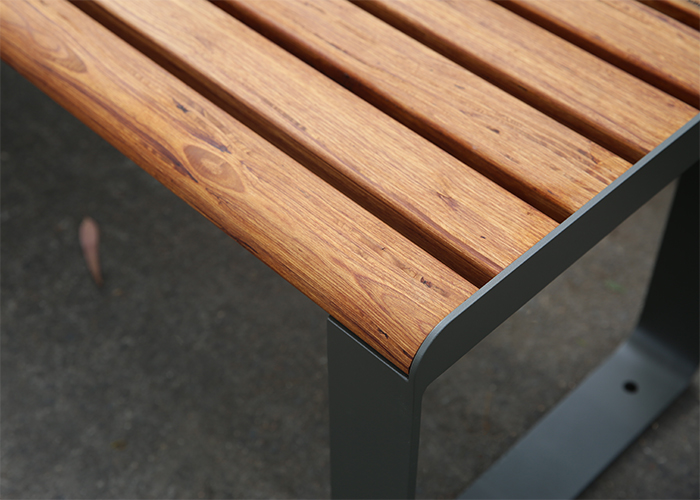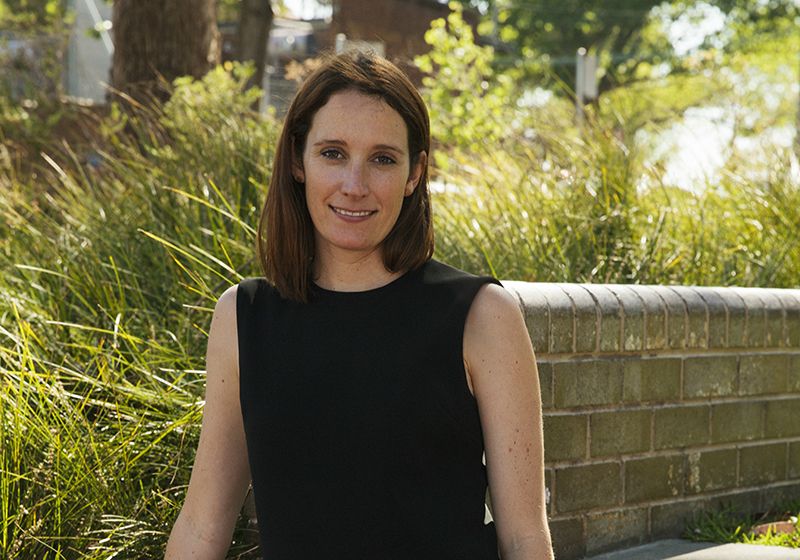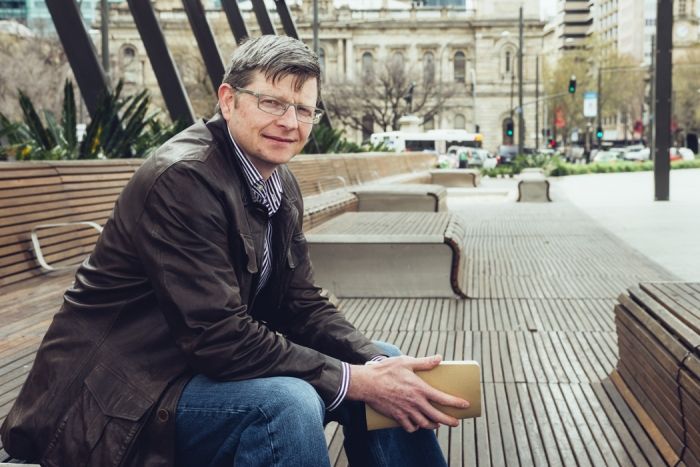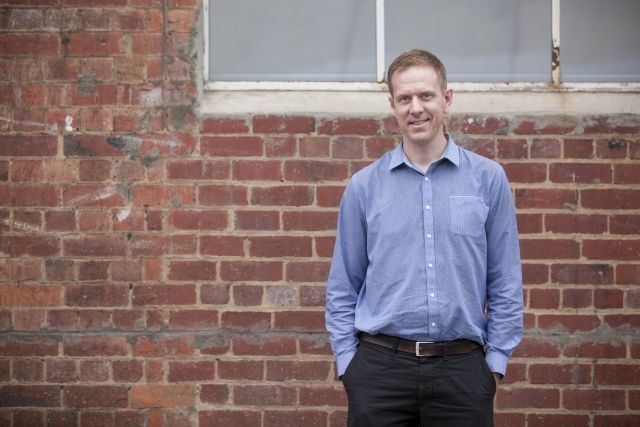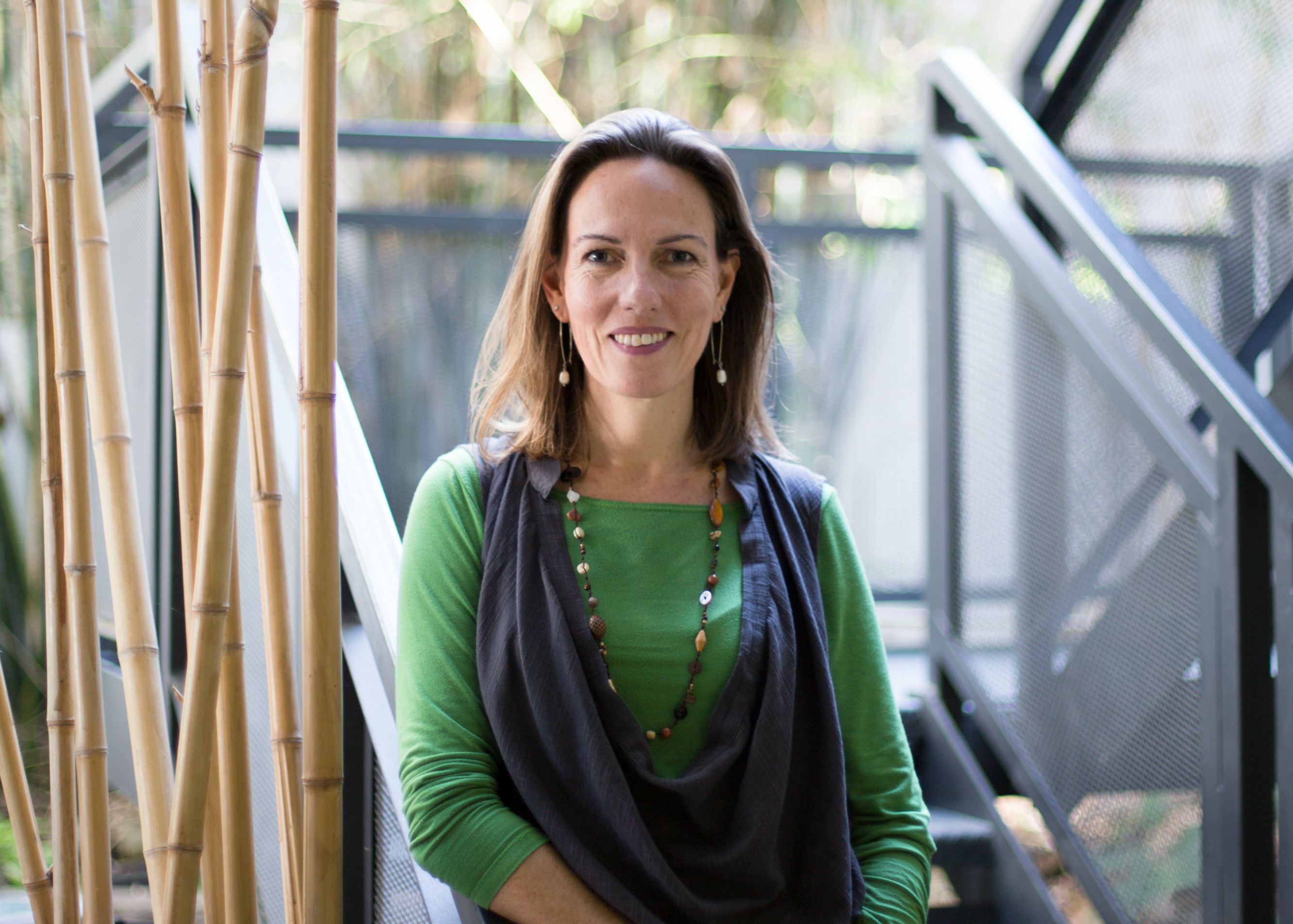
Landscape architect Nathalie Ward, director of Lat27. Photo: Tammy Law
Nathalie Ward, director of Brisbane’s Lat27, shares with StreetChat her love of the craft, working locally and abroad, and creating a new home for the Ekka.
Tell us about yourself. Why did you pursue landscape architecture?
Four colleagues and I established Lat27 five years ago, looking to create a practice focused on contextually based design; hence our name. Over the past 20-plus years I have lived and worked in the UK, Hong Kong and Australia and am passionate about the role that design can play in revealing the story of a place and in creating places that are environmentally responsible and inspire people.
Landscape architecture is deeply ingrained in my family. My great-grandfather and grandfather were both garden designers and artists, my father was a landscape architect, as is my brother. My earliest memories include nature walks identifying plant types and posing next to litter bins and benches for scale in my father’s photographs!
We travelled widely when I was young and from an early age the landscape and culture of a place have been important to me. Landscape architecture blends artistic creativity with a sensibility for space, science and ultimately building things. It is hugely complex and can facilitate positive change to places.
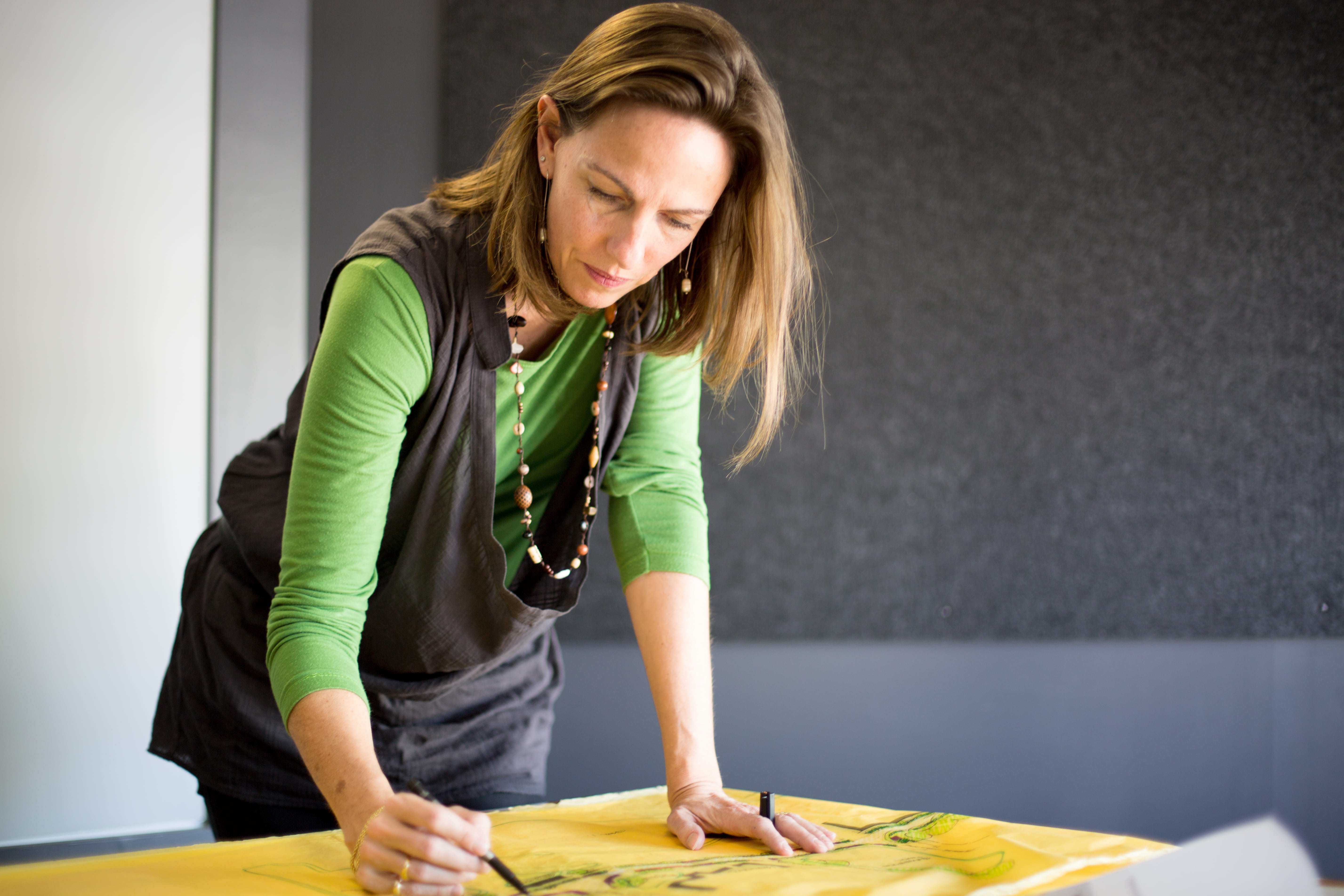
Nathalie Ward: Our profession can make a huge contribution. Photo: Tammy Law
What interests you about working in Australia, specifically Brisbane, after your experiences overseas?
In both the UK and Hong Kong, landscape architecture is a well-established and respected profession, embraced for the broad perspective it brings and the various skill areas it covers. Landscape architects are often the lead consultants on large and complex projects, recognised for their collaborative abilities in problem solving.
The profession in Australia in my experience is only just growing into that space; which is both frustrating and exciting in terms of future opportunities. Working in a young city like Brisbane presents real opportunities to shape the place and make a difference.
There is a deep understanding of context and the environment here and I believe that our profession can make a huge contribution. Having worked in different contexts gives me a broader understanding of what makes a great place and that contributes to my work.
Working in a young city like Brisbane presents real opportunities to really shape the place and make a difference.
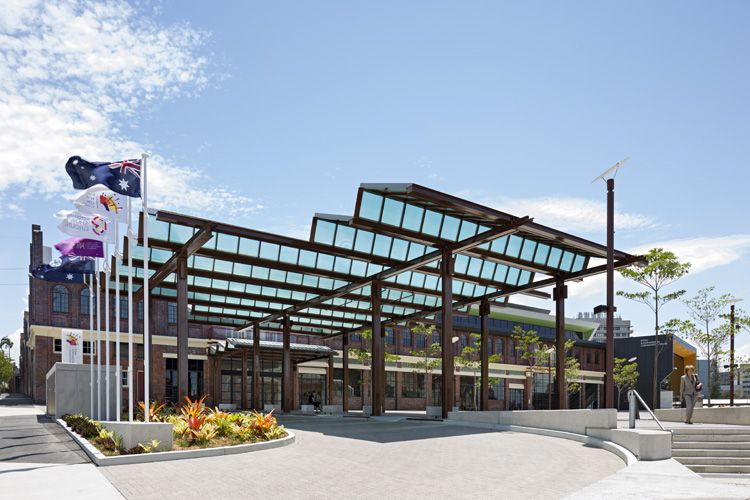
The porte-cochère at Brisbane’s Royal Internation Convention Centre provides shade for the Plaza and can accommodate a large stage or screen for outdoor events
What are you excited to be working on at the moment?
For the past seven years I have been involved in the regeneration of the Brisbane Showgrounds, a fantastic urban renewal project that will see it transformed into a new mixed use urban centre just north-east of the CBD.
I have been fortunate to be involved in the project from the early establishment of the Public Realm Master Plan and in the delivery of its first key space; the Plaza at the new Royal International Convention Centre and its main street, King Street, at the heart of the new precinct.
Work is now focused on the balance of public realm in the first stages of the project, including a new park and event space within the Showgrounds. The project presents the opportunity to reveal the historic narrative of a site traditionally only accessible during show times, and to integrate it into its surrounding context.
The Public Realm Master Plan addresses place-making, connectivity, CPTED, and sustainable outcomes for the new precinct both during and outside the Ekka.
High quality street furniture demonstrates investment in the community and reflects the client’s vision for the place.
What role does street furniture play in urban design?
Street furniture can be a barometer of a place. High quality street furniture demonstrates investment in the community and reflects the client’s vision for the place. It also shows an understanding of social needs, such as care for the aged and people with a disability, and of current trends such as mobile work opportunities and pop up retail.
Well integrated furniture encourages social interaction and engagement. The ongoing condition of furniture can directly reflect community stewardship of that place.
Street furniture elements are often the focus of interest, such as storytelling or art interventions, as these are the touchpoints of a place where people are invited to pause and take a moment. The design can reflect the place through form and materiality and even introduce humour.
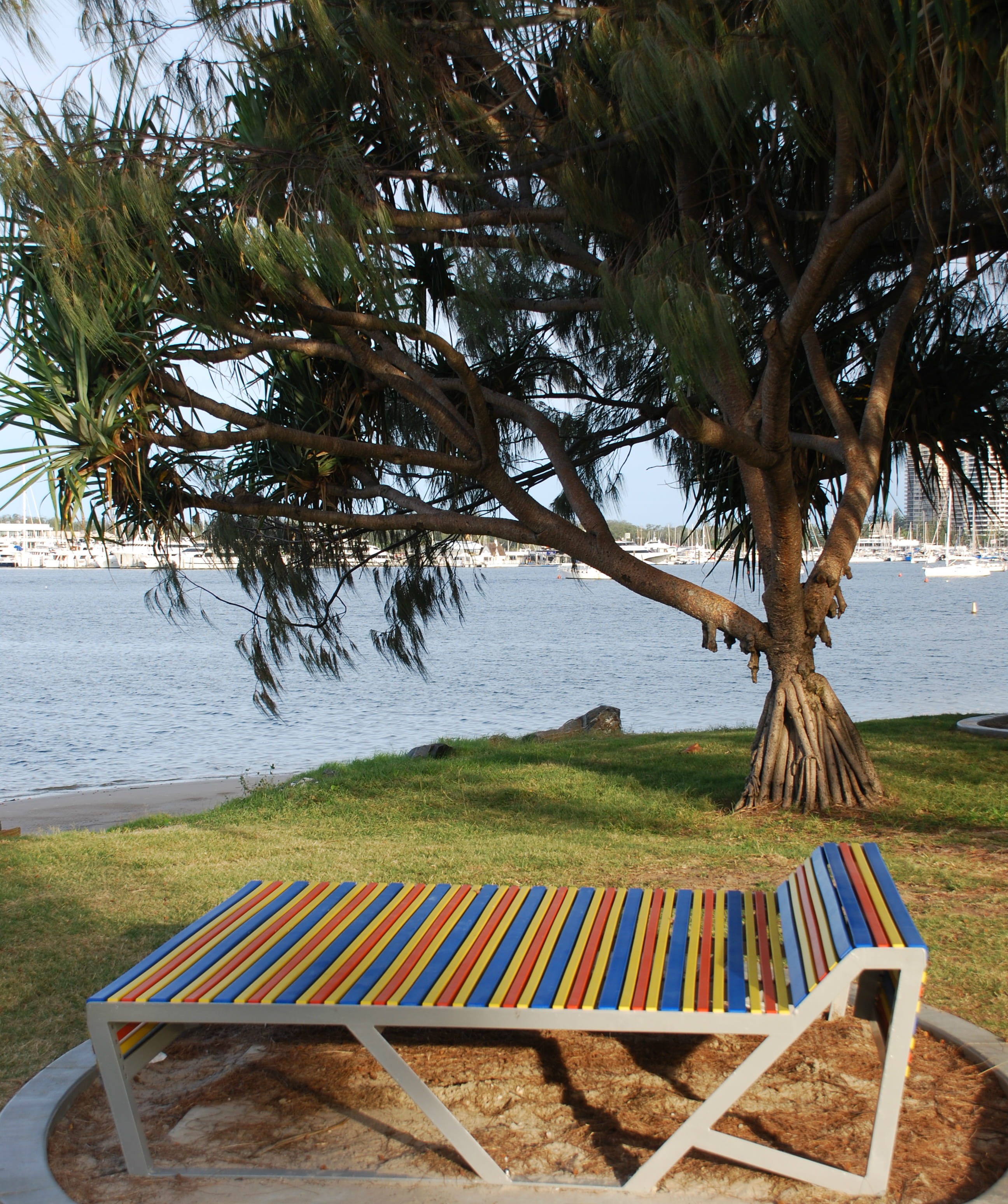
Touch of personality: Beach Towel themed day bed Southport Broadwater Parklands, Gold Coast. The custom furniture incorporating colourful plastic battens was manufactured by Street Furniture Australia.






